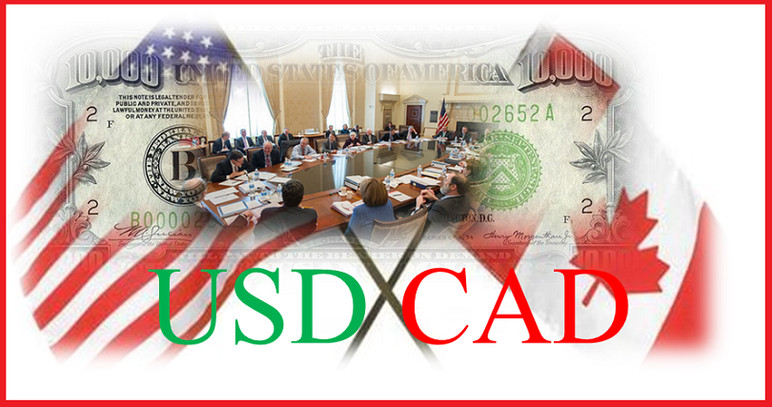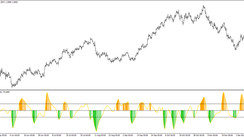Positive macro statistics on Canada and rising oil prices continue to support the Canadian dollar.
Thus, data published on Wednesday indicated an increase in consumer inflation in January: the consumer price index rose by +0.6% (against a decrease of -0.2% last month and the forecast of +0.4%). In annual terms, CPI rose by +1.0% (against the forecast of +0.9% and +0.7% in December). The Core CPI (excluding volatile energy and food prices) added +1.6% (in annual terms) against the forecast of +1.4%. At the same time, the volume of manufacturing sales in Canada increased by +0.9% in December (against the forecast of +0.6% and a fall of -0.4% in November). This was announced on Monday by the Statistics Canada.
At the same time, amid growing optimism about the economic recovery and global energy demand and the reduction of US oil reserves, oil prices rose to levels almost 14 months ago. So, a barrel of WTI oil last week added almost 5% and continued to grow this week. WTI is currently traded above $ 61.00 a barrel, the highest in more than 13 months.
Oil prices also rose on the back of blizzards that hit Texas and other oil producing states this week, which negatively impacted oil companies. Due to bad weather, daily production at two Texas oil fields fell by 2.5 million barrels, and in other states by 1 million barrels. It may take three to four weeks to restore oil production in Texas, oil market analysts say.
Prices are also rising against the backdrop of a voluntary reduction in production in Saudi Arabia (by 1 million barrels per day). On Wednesday, the American Petroleum Institute (API) announced a 5.8 million barrels cut in US oil reserves. The Energy Information Administration (EIA) of the US Department of Energy will release official inventory data later Thursday (at 15:30 GMT). US oil inventories are expected to decline by -2.429 million barrels in the week of February 7-12, after falling by -6.644 million barrels a week earlier.
This is a positive factor for oil prices and the Canadian dollar.
Meanwhile, many market participants remain optimistic, which is also fueled by the expectation of additional fiscal stimulus measures, which should spur economic growth and corporate profits in 2021, and the Fed's soft monetary policy.
The minutes of the FRS meeting in January published on Wednesday and the recent statements by the central bank officials speak in favor of maintaining a soft monetary policy. The FRS meeting minutes indicate that the bond purchase program will not end soon, and this is a negative factor for USD and USD / CAD pair, respectively.
At 13:30 (GMT) weekly statistics of claims for unemployment in the United States will be published. Economists expect filings fell last week, strengthening evidence of an accelerating US economic recovery. This should have a positive effect on American stock indices, which have declined slightly after reaching new all-time highs earlier this week, and on the quotes of major commodity currencies, including the Canadian dollar.
Nevertheless, tomorrow's publication (at 13:30 GMT) of data on retail sales in Canada should have a stronger impact on the CAD quotes and the USD / CAD pair. The Retail Sales Index is published monthly by Statistics Canada and estimates total retail sales. A rise in the index is usually positive for the CAD; a decrease in the indicator will negatively affect the CAD. The previous value of the index (for November) was +1.3% after falling in March by -9.9%, in April - by -25% and growth in May by +18.7% in 2020.
The index is expected to fall by -2.5% in December. If the data turns out to be even weaker than the forecast, then the CAD may sharply weaken in the short term, and the USD / CAD pair may rise. In general, the bearish trend in USD / CAD remains, which is traded at the time of publication of this article near the 1.2688 mark (see "Technical analysis and trading recommendations").





